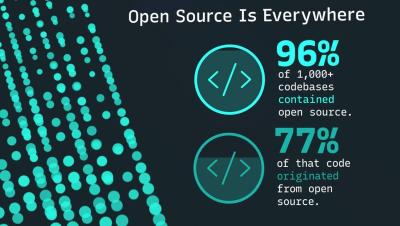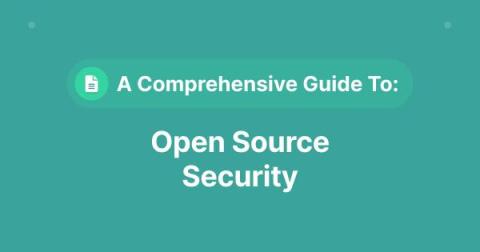Security | Threat Detection | Cyberattacks | DevSecOps | Compliance
Open Source
A Comprehensive Guide to Open-Source Security
Creating SBOMs with the Snyk CLI
Automated SCM project scanning with Black Duck SCA | Synopsys
How to Easily Generate An Accurate Software Bill of Materials (SBOM) with Black Duck | Synopsys
Security warning! All of us are victims of open-source vulnerabilities
Picture this: A user on your network casually explores the internet and scrolls through a website’s comment section. However, a lurking threat known as cross-site scripting (XSS) is poised to exploit vulnerabilities and steal their session cookies, which includes sensitive data such as their logon credentials. But how does this nefarious scheme unfold, and what other open-source vulnerabilities could be exploited in the process?
Trustwave Transfers ModSecurity Custodianship to the Open Worldwide Application Security Project (OWASP)
What To Look For in an Open Source Vulnerability Scanner
One of the top security concerns we hear from technology leaders is about the security of open source software (OSS) and cloud software development. An open source vulnerability scanner (for scanning OSS) helps you discover risk in the third-party code you use. However, just because a solution scans open source does not mean you are ultimately reducing security risk with it.
Kubescape: the 1st open-source project to support VEX Generation
Dynamic Application Security Testing: Benefits, Pitfalls, and Top Open-Source Solutions
In code security, not everything is "shift left." Dynamic testing is as important to help developers build and ship secure applications on the right-hand side of the SDLC. Let's explore the benefits, pitfalls, and popular open-source DAST tools in this blog post from the Escape team.











